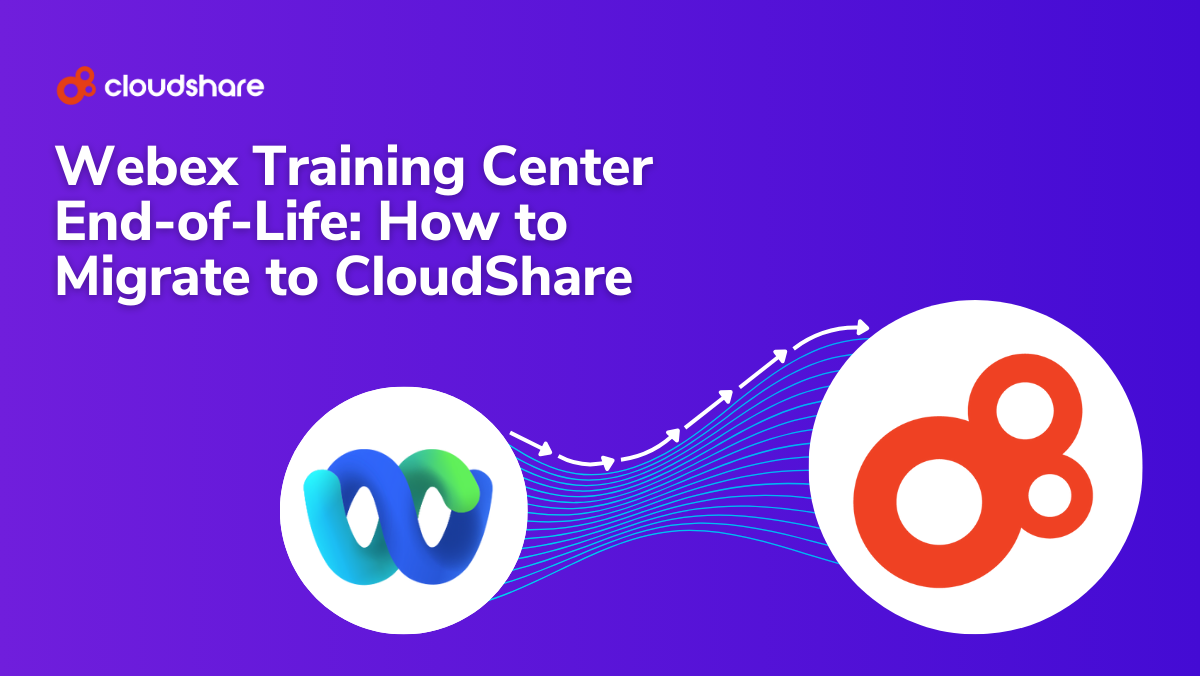
Have you ever felt like there are never enough hours in the day? Well, you’ve got that in common with at least 60% of adults.
Many people are running on fumes between information overload and a work-life balance that could be best described as lopsided.
There’s also a good chance this applies to many of your team members.
Monolithic, hours-long training sessions are the last thing they want or need.
It doesn’t matter how eager they are to learn. If you hurl too much information at them, most of them will probably tune out.
But what if you deliver only what they need to know when they need to know it? That’s a whole different story. In fact, microlearning can make life easier for everyone, and — more importantly — make sure knowledge sticks.
What is Microlearning?
Microlearning is a form of on-demand training that delivers content in the form of short, focused segments. Microlearning modules typically require only a few minutes to complete and are usually (though not always) interactive.
They’re designed for convenience and ease of access, so that they can be consumed on almost any device.
Microlearning has a lot in common with bite-sized learning, and the two are often confused with each other. However, there are several key differences, including:
- Bite-sized sessions are typically longer: up to two hours each.
- Microlearning modules are usually self-contained, whereas bite-sized modules are part of a larger whole.
- Microlearning is usually delivered digitally, while bite-sized learning may be delivered in any number of formats.
- Bite-sized learning has a slightly broader focus than microlearning.
While it can be invaluable for teaching everything from basic concepts to soft skills, microlearning isn’t a silver bullet. There are certain scenarios where microlearning isn’t going to work, such as for mastery-based training, highly complex topics, and compliance certification training.
Four of Microlearning’s Top Benefits
According to The Journal of Work-Applied Management, microlearning has been shown to have a positive effect on motivation, engagement, retention, and performance.
But what exactly makes it so effective?
1. Easily Digestible Content
Traditional corporate training requires participants to set aside at least an hour per session. For a lot of people, that also means they have to spend time preparing for the training and mentally unpacking it afterward. Microlearning doesn’t involve these shortcomings.
Modules are quick and easy to digest, meaning people can absorb them without interrupting their workday.
2. Convenience
Microlearning modules can generally be consumed when and where the participant wants. They don’t need to worry about scheduled training sessions or deadlines. That level of convenience is a big part of what makes self-paced training so invaluable.
Since microlearning modules are typically self-paced, they share the same strength.
3. Enhanced Interactivity
Although microlearning content can be passive and static, the format lends itself well to experiential learning. Participants can engage in a quick exercise or simulation rather than having to memorize content, allowing them to develop and practice practical skills.
Microlearning also goes well with gamified elements such as leaderboards, points, and badges.
4. Support for Just-In-Time Learning
Imagine you’re working with a new piece of software but can’t quite remember how to access one of its core features. Which would you rather do:
- Dig through the software’s help files trying to figure out how it works?
- Pull up a short, interactive module that guides you through the feature and lets you try it?
Microlearning is perfect for the latter scenario, delivering relevant, contextual knowledge the instant it’s required.
Three of the Best Microlearning Apps
Having gone over the basics, here’s a shortlist of microlearning tools you can use right away.
7Taps
An AI-powered, mobile-first microlearning platform, 7Taps is designed to make learning as effortless for training professionals as it is for learners.
It’s consistently rated as one of the best microlearning platforms in the world, claiming to be the go-to solution for four of the top five Fortune 500 companies.
7Taps also features one of the most compelling microlearning authoring tools on the list, thanks to its integration with Microsoft Copilot.
Cornerstone
In 2018, leading eLearning organization Cornerstone acquired microlearning platform Grovo. The company has since built Grovo into a service that provides subscribers with access to a massive library of award-winning learning content across multiple modalities.
Developed in collaboration with over 200 content partners, the library is expertly curated, managed, and fully integrated with the rest of Cornerstone’s portfolio.
OttoLearn
OttoLearn combines adaptive learning, gamification, and microlearning into a single platform designed to simplify training and eliminate knowledge gaps while also making workplace learning more effective and engaging.
It’s the perfect tool to support adaptive training, engage learners, and boost knowledge retention throughout your microlearning programs.
Next Steps: See Why Active Learning is the Best Approach for Product Training
One of the things that makes microlearning so powerful and effective is that it lends itself incredibly well to active learning, also known as hands-on training.
If you want to learn more about what that means, check out The Benefits of Active Learning in Product Training.





